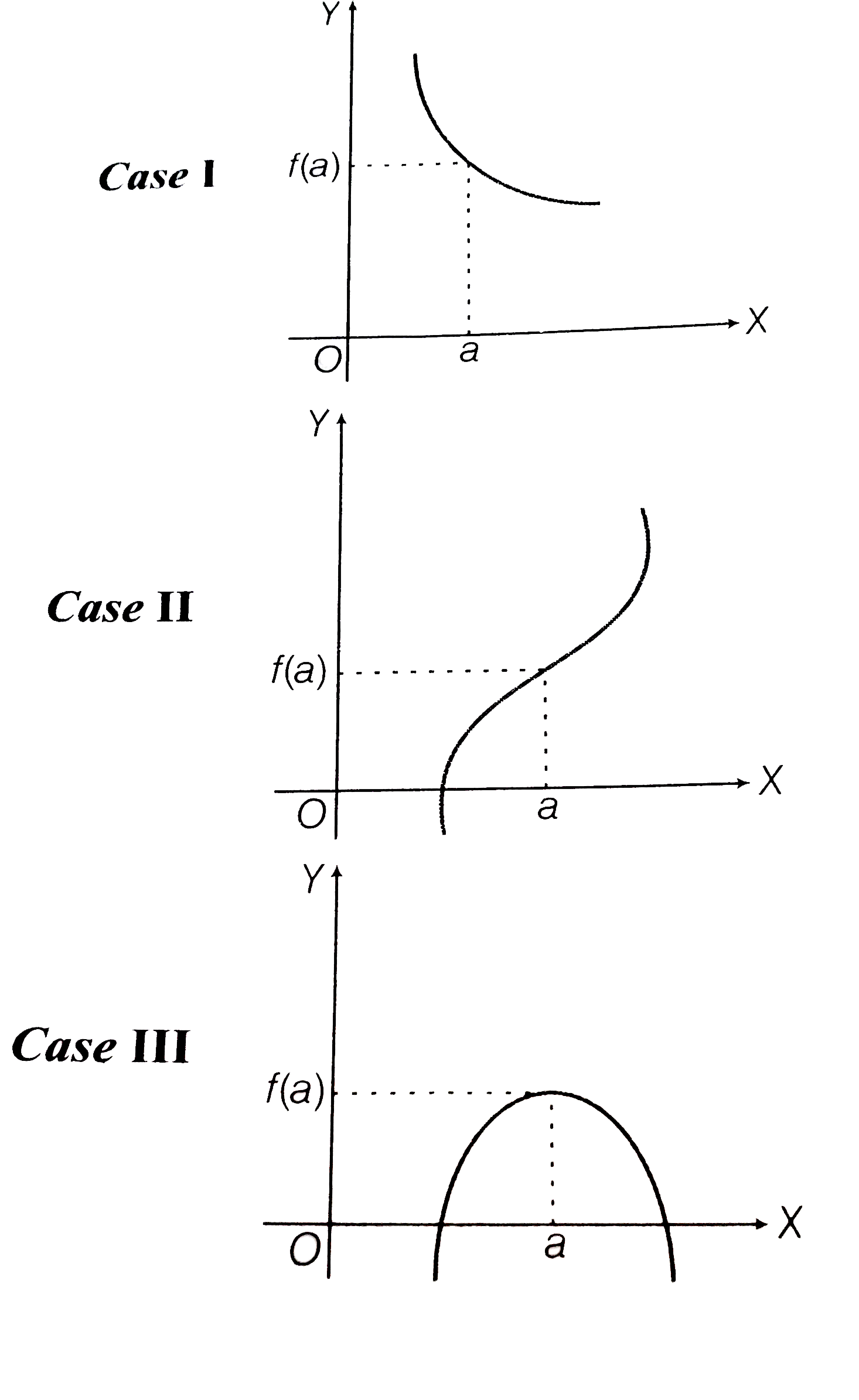Let f(x)=limm→∞{limn→∞cos2m(n!πx)}, where x∈R. Then the range of f(x)Solution in Punjabi
The correct Answer is:A, B
Step by step video & image solution for Let f(x)=lim_(m->oo){lim_(n->oo)cos^(2m)(n !pix)}, where x in Rdot Then the range of f(x) by Maths experts to help you in doubts & scoring excellent marks in Class 12 exams.
Updated on:21/07/2023Topper's Solved these Questions
- LIMITSBOOK - ARIHANT MATHSCHAPTER - LIMITSEXERCISE - SOLVED EXAMPLES
1 Videos
- LIMITSBOOK - ARIHANT MATHSCHAPTER - LIMITSEXERCISE - Exercise (Single Option Correct Type Questions)
38 Videos
- INVERSE TRIGONOMETRIC FUNCTIONSBOOK - ARIHANT MATHSCHAPTER - INVERSE TRIGONOMETRIC FUNCTIONSEXERCISE - Exercise (Questions Asked In Previous 13 Years Exam)
8 Videos
- LOGARITHM AND THEIR PROPERTIESBOOK - ARIHANT MATHSCHAPTER - LOGARITHM AND THEIR PROPERTIESEXERCISE - Exercise (Questions Asked In Previous 13 Years Exam)
4 Videos
Similar Questions
To evaluate limx→a[f(x)], we must analyse the f(x) in right hand neighbourhood as well as in left hand neighbourhood of x=a. E.g. In case of continuous function, we may come across followign cases.


Iff(a) is an integer, the limit will exist in Case III and Case IV but not in Case I and Case II. If f(a) is not an integer, the limit exists in all the cases. ltbgt If f'(1)=−3 and limx→1[f(x)−12] does not exist, (where [.] denotes the greatest integer function), then
View Solutionlimx→0sin(πcos2(tan(sinx)))x2 is equal to
View SolutionIf α=3sin−1(611andβ=3cos−1(49), where the inverse trigonometric functions take only the principal values, then the correct options (s) is (are)
View SolutionIn Which quadrant Point (−2,−3) will be lie.
View SolutionIf f(x)=lim_(m rarr oo)lim_(n rarr oo)cos^(2m)n!pi x then the range of f(x) is
View SolutionThe area of the triangle having vertices (-2,1),(2,1) and lim_(m rarr oo)lim_(n rarr oo)cos^(2m)(n!pi x);x is rational,lim_(m rarr oo)lim_(n rarr oo)cos^(2m)(n!pi x); where x is irrational) is:
View SolutionLet f(x)=limn→∞(sinx)2n
View SolutionLet f(x)=lim_(n rarr oo)(cos x)/((1+tan^(-1)x)^(n)), then int_(0)^(oo)f(x)dx=
View SolutionLet x be an irrational,then lim_(m rarr oo)lim_(n rarr oo){cos(n!pi x)}^(2m) equals
View SolutionIf f(x)=lim_(n rarr oo)(x^(2n)-1)/(x^(2n)+1) then range of f(x) is
View SolutionLetf:R→R be a real function. The function f is double differentiable. If there exists n∈N and p∈R such that limx→∞xnf(x)=p and there exists limx→∞xn+1f(x),then
limx→∞xn+1f'(x) is equal to
View SolutionLetf:R→R be a real function. The function f is double differentiable. If there exists n∈N and p∈R such that limx→∞xnf(x)=p and there exists limx→∞xn+1f(x),then
limx→∞xn+2f''(x) is equal to
View SolutionLet f(x)=limm→∞{limn→∞cos2m(n!πx)}, where x∈R. Then prove that f(x)={1,if x is rationaland0,if x is irrational
View SolutionLet f:R→R be a real function. The function f is double differentiable. If there exists n∈N and p∈R such that limx→∞xnf(x)=p and there exists limx→∞xn+1f(x) , then limx→∞xn+1f'(x) is equal to
View SolutionLet f(x)=limn→∞cosx1+(tan−1x)n. Then the value of ∫∞of(x)dx is equal to
View SolutionLet f(x)=limn→∞(sinx)2n
View Solution
